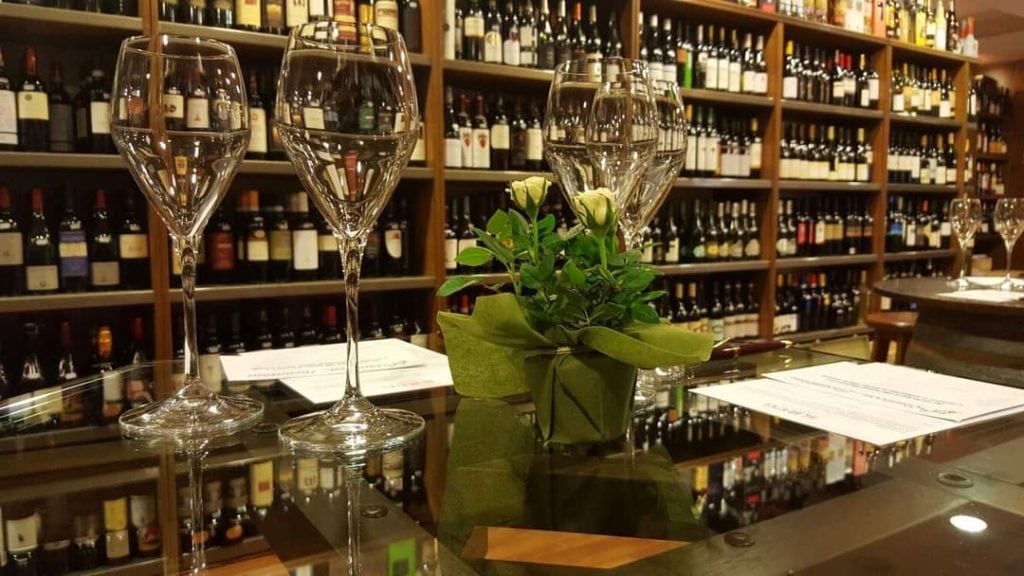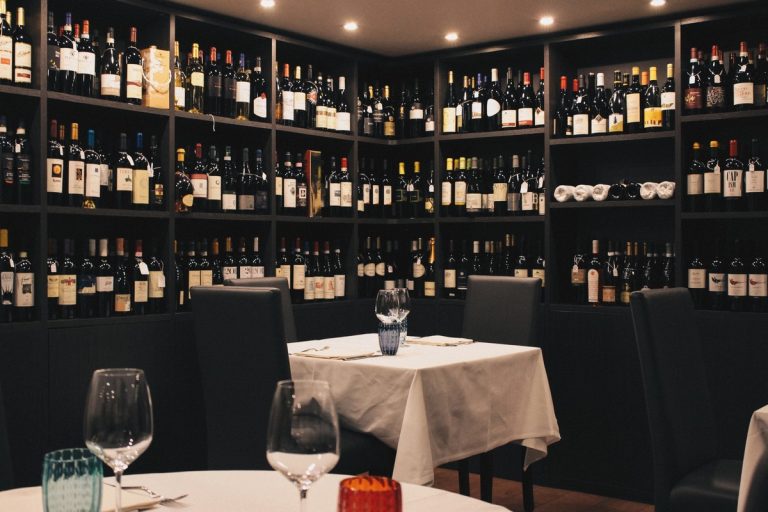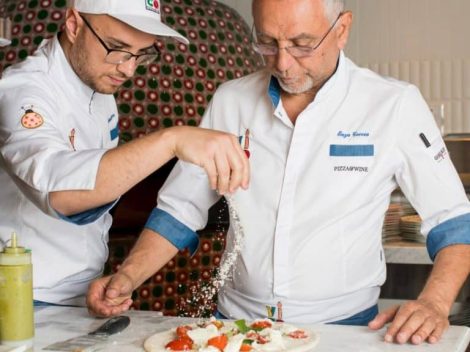by Vincenzo Russo
The atmosphere of a tasting venue plays a crucial role in shaping the enogastronomic experience. In particular, sounds and music have always been fundamental. The auditory system has historically had an important adaptive function, being closely connected to the limbic system (the brain's emotional center) on one hand, and to the prefrontal cortex (responsible for decision-making and evaluating the pleasantness of experiences) and the motor cortex on the other. These connections explain music's ability to influence behavior.

The pleasure centers
As early as 2001, researchers Blood and Zatorre demonstrated that pleasant or preferred music activates the brain's pleasure centers—the same areas that respond euphorically to food, sex, and drug use. In 1997, Hui and colleagues showed how powerful music could be on the perception of waiting times in a retail environment: when the music is pleasant, the emotional response to the environment becomes positive, and the perception of waiting time significantly decreases.
The type of music
Similarly, we know how the presence of a certain type of music can affect consumers' distractibility and their speed of movement within a space. Playing very popular music in a retail setting can negatively impact sales processes, as its familiarity might distract patrons, reducing the likelihood of purchase (Dooley, 2012). It has also been found that faster-paced music can significantly increase the speed at which customers walk through a space, compared to slower music. This is an interesting finding, as it has been shown that "slower" consumers spend about 38% more than "faster" ones (Milliman, 1982). Likewise, classical music in a wine shop encourages consumers to choose more expensive wines compared to what background pop music can achieve (Areni & Kim, 1993). Similarly, French background music in a German wine shop prompts consumers to buy more French wines, while the presence of German songs leads to increased consumption of local German wines (North, Hargreaves & McKendrick, 1999).
The hidden power
Interestingly, none of the consumers interviewed in these studies ever mentioned the type of background music as a reason for choosing a French or German bottle of wine. This is why it’s essential to pay close attention to the type of music played in a tasting retail environment, as well described by Clark Smith in his book *Postmodern Winemaking*.


 Non-alcoholic wines? Call them what you want, but they’re still a derivative of wine.” An Interview with Martin Foradori
Non-alcoholic wines? Call them what you want, but they’re still a derivative of wine.” An Interview with Martin Foradori The 8 best Trentodoc wines chosen by Gambero Rosso
The 8 best Trentodoc wines chosen by Gambero Rosso A Piedmont wine enters the top ten of Wine Spectator's "Top 100"
A Piedmont wine enters the top ten of Wine Spectator's "Top 100" Sparkling wines surpass still wines in Italian out-of-home consumption. Most popular during the aperitif
Sparkling wines surpass still wines in Italian out-of-home consumption. Most popular during the aperitif American Barbecue wins a Michelin star for the first time in history
American Barbecue wins a Michelin star for the first time in history






